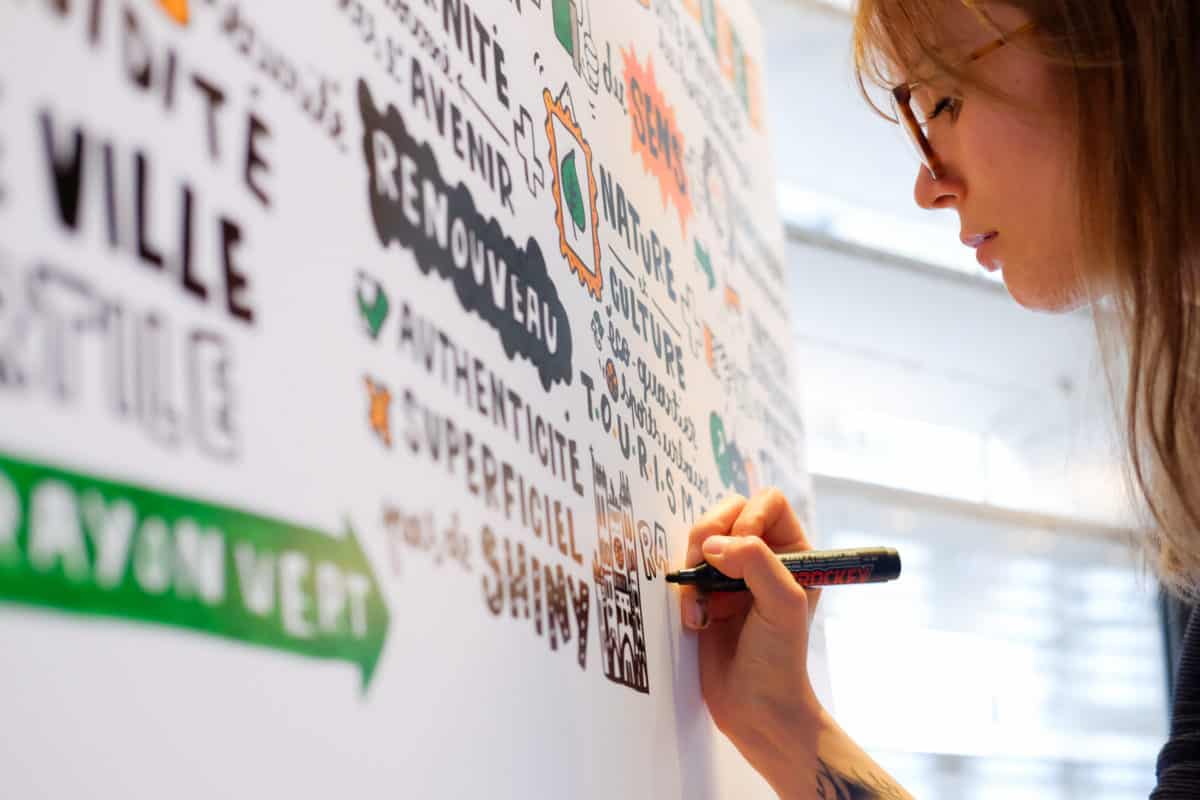
Reinventing collective housing, and more
3 minutes of reading
The need to make cities denser and to develop original tools for collaboration is giving rise to new ways of approaching the design of urban planning and housing. There are two objectives: to get citizens involved in urban projects that affect them directly; and, in parallel, to promote the design of open and custom collective housing in their own image.

This unique approach is being presented by architect Pascal Gontier, from the firm of Atelier Pascal Gontier, for the two collective housing projects currently being designed in Floirac (Gironde) and Saint-Herblain (Loire-Atlantique): “We are offering future buyers the opportunity to create their individual homes themselves within a shared building, following the Bespoke Open Building (BOB) principle.” Working from an existing primary architecture and a regulatory provision both defined by the project management, customers can come up with their own secondary architecture and design their home to suit their own preferences. Pascal Gontier believes that this approach is at the intersection between two strategies: “The former strategy is to design collective housing that is as future-facing, reversible and durable over time as possible. In other words, housing that is open to all uses and is transformable. The latter strategy is the bespoke aspect. It involves aiming for a degree of personalisation in collective housing that is currently possible only in individual housing.”
The vision of the city of tomorrow relies on the development of more flexible modes of construction, such as construction using wood: “Wood is a material that allows you to build as a framework: you replace the walls with a system of posts, beams and flooring”, explained the architect. “You could theoretically do it with concrete, but economically it would be more expensive.” Digital technology is also an asset: “We are creating software that handles the requests we receive. Both projects on which we are working are following this approach.”
Getting residents involved
Pascal Gontier is not the only one thinking about these questions. Julien Schmid, Strategic Marketing Director at Bouygues Construction, described the tools they have developed “that make it possible to get citizens and residents involved, as early as the territorial assessment phase and until after the buildings have been delivered, to ensure that they are more ‘pro-active’”. This large-scale participative approach is, in his view, part of a far broader framework: “Our aim is to get residents interested and involved in projects at a district level. In other words, this is an overall strategy alongside the players who make the city, to act as a catalyst for local dynamics and civic initiatives, regardless of the type of project, from real estate development to smart cities.”
Serious game
The concept is based on new ways of seeing collaboration, amongst other things, and the least you can say is that the initiative is an original one. “We have developed a serious game that we have called ‘City Play’”. It is a board game that can be used in workshops with residents from a given district and/or stakeholders.” Between ten and twenty people can thus think about the challenges and requirements involved in a fun way. “The game works well. So far, it has been used on around thirty projects.” This, however, is only one step in the approach that Julien Schmid is currently implementing: “Our long-term objective is to bring together four building blocks: the assessment that identifies problems in the area before the project, and the City Play game on the scale of the project. Then, it will be about co-designing together with the residents – Pascal Gontier’s projects appear to be headed in that direction. The final building block is to create a preliminary view of the urban area via temporary urban planning to bring the future district to life and give it a soul.”
This new way of creating cities is being rather well-received: “We are getting as many players involved as possible and avoiding confrontations. It is not about entering into a system of proposals and counter-proposals, but about using tools to work together”, Julien Schmid was delighted to report. Pascal Gontier summed it up as follows: “Civil society no longer wants to have a pre-formatted model imposed on it that is identical for everyone and therefore disconnected from everyone’s individual aspirations.”
More reading
Read also




What lies ahead? 7 megatrends and their influence on construction, real estate and urban development
Article
20 minutes of reading

